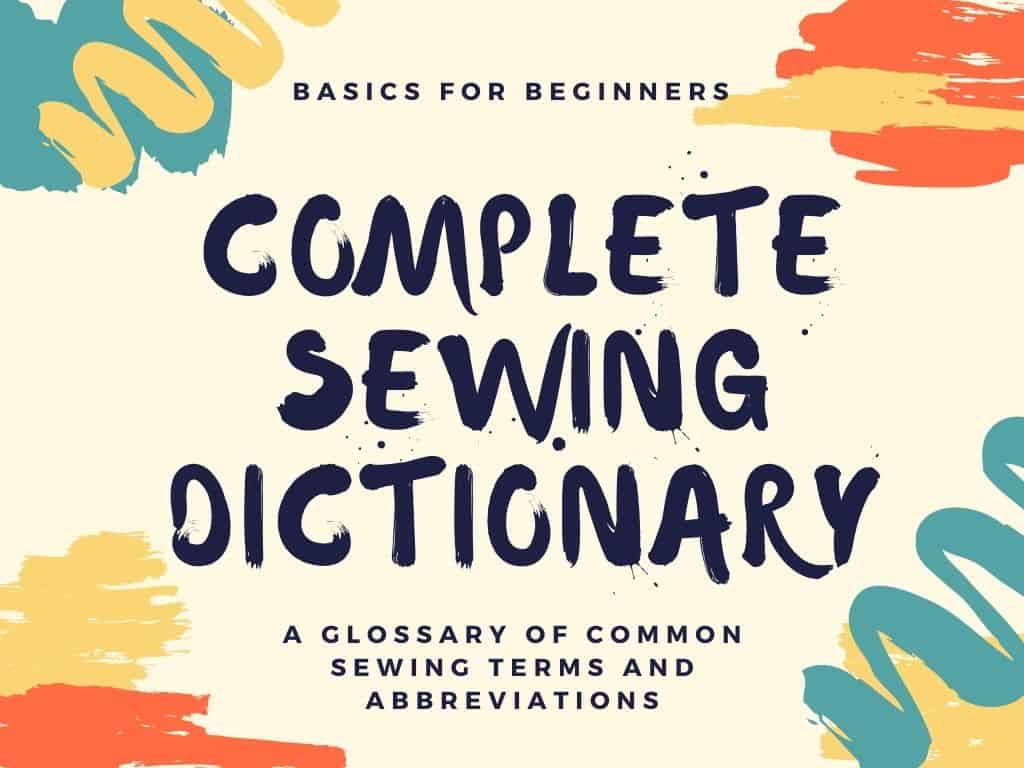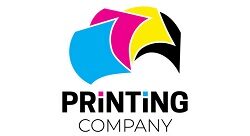Demystifying Printing Jargon: A Comprehensive Glossary for Beginners
Introduction
Understanding printing jargon can be a daunting task, especially for beginners. Whether you’re new to the world of printing or just looking to expand your knowledge, having a comprehensive glossary of common printing terms can be incredibly helpful. In this blog post, we aim to demystify printing jargon by providing a detailed glossary that covers various terms and concepts related to printing. By familiarizing yourself with these terms, you’ll be better equipped to communicate with printing professionals, understand printing processes, and make informed decisions when it comes to your printing needs.
Understanding printing jargon can often be overwhelming, especially for beginners. In this comprehensive glossary, we will demystify common terms and concepts used in the printing industry. Whether you are a business owner, a graphic designer, or simply curious about printing, this article will serve as your ultimate guide to navigating the world of printing jargon.
2. CMYK
CMYK stands for Cyan, Magenta, Yellow, and Key (Black). It is a color model used in printing to create a full range of colors by mixing these four ink colors. CMYK is primarily used in offset printing and digital printing.
3. DPI

DPI, or Dots Per Inch, refers to the resolution of a printed image or document. It measures the number of ink dots that can be placed within a one-inch span. Higher DPI results in a sharper and more detailed print, while lower DPI may appear pixelated or blurry.
4. Bleed
Bleed is the area beyond the edge of a printed page that is intentionally extended with artwork or color. This ensures that when the page is trimmed to its final size, there are no white borders or gaps. Bleed is essential for print jobs that require color or images to extend to the edge of the page.
5. Pantone
Pantone is a standardized color matching system used in the printing industry. It assigns unique codes to specific colors, allowing printers to reproduce them accurately. Pantone colors are often used for branding purposes, ensuring consistent color reproduction across different print materials.
6. Offset Printing
Offset printing is a traditional printing method that involves transferring ink from a plate to a rubber blanket and then onto the printing surface. It is commonly used for high-volume commercial printing projects due to its cost-effectiveness and consistent print quality.
7. Binding
Binding refers to the process of joining multiple pages or sheets together to create a finished printed piece. Common binding methods include saddle stitching, perfect binding, spiral binding, and case binding. The choice of binding method depends on the type of printed material and its intended use.
8. Die Cut
Die cutting is a process that involves cutting a printed material into a specific shape or pattern using a sharp steel cutting die. It adds visual interest and uniqueness to printed products such as packaging, business cards, and brochures.
9. Embossing
Embossing is a technique used to create raised or three-dimensional designs on paper or other materials. It involves pressing the paper between two metal dies, creating a raised impression. Embossing adds texture and elegance to printed materials, making them visually appealing and tactile.
10. Foil Stamping
Foil stamping is a process that uses heat and pressure to apply a thin layer of metallic or colored foil onto a printed surface. It adds a luxurious and eye-catching effect to printed materials. Foil stamping is often used for logos, titles, or special design elements to enhance their visual impact.
11. Proof
A proof is a sample or test print produced before the final printing. It allows the client or designer to review and approve the design, Cliff Digital Trade Show Graphics, colors, and layout before full production. Proofs ensure accuracy and minimize errors in the final printed piece.
Summary
In this blog post, we have compiled a comprehensive glossary of printing terms to help beginners navigate the often confusing world of printing jargon. From understanding different printing methods such as offset printing and digital printing to grasping key concepts like resolution and bleed, this glossary covers a wide range of terms that are essential for anyone involved in printing. By having a solid understanding of these terms, beginners can communicate more effectively with printing professionals, make informed decisions about their printing projects, and ultimately achieve high-quality results. Whether you’re a business owner, a graphic designer, or simply someone curious about the printing pr find here ocess, this glossary is a valuable resource that will demystify printing jargon and empower you to navigate the world of printing with confidence.
Demystifying Printing Jargon: A Compr ehensive Glossary for Beginners
FAQ
Q: What is CMYK?
A: CMYK stands for Cyan, Magenta, Yellow, and Key (black). It is a color model used in printing to represent a full spectrum of colors by mixing these four primary colors.
Q: What is DPI?
A: DPI stands for Dots Per Inch, and it refers to the resolution at which an image is printed. A higher DPI means more dots of ink will be placed per inch, resulting in a higher quality and more detailed print.
Q: What is Bleed?
A: Bleed is the area outside the final trim size of a printed piece where images, colors, or design elements extend beyond the intended edge. It ensures that there are no white borders or unprinted edges when the final piece is trimmed.
Q: What is a PDF?
A: PDF stands for Portable Document Format. It is a file format commonly used for sharing documents that preserves all fonts, formatting, and layouts across different devices and operating systems, making it ideal for printing.
Q: What is a Proof?
A: A proof is a preliminary version of a printed piece that allows you to review and make any necessary changes before the final production. It ensures that the final print will meet your expectations.
Q: What is a Serif font?
A: A serif font is a typeface that has small decorative strokes or lines at the ends of its characters. These strokes are called serifs, and they can add a sense of elegance and formality to the text.

Welcome to my website! My name is Logan Truscott, and I am a professional Vehicle Wrap Designer with a passion for all things related to printing and design. With years of experience in the industry, I have honed my skills and expertise to provide top-notch services to my clients.

